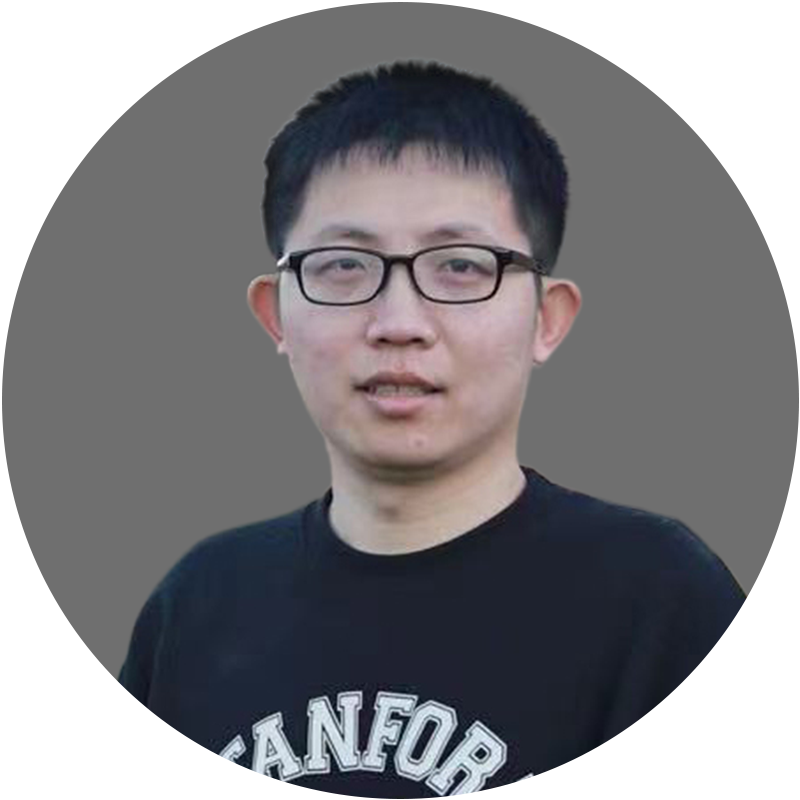Although textiles have good integration with human bodies, their high-roughness and porous structure is not suitable for using as the substrate to construct light-emitting devices. An effective strategy is constructing fiber-shaped light-emitting devices and then weaving them into textiles.
Zhitao Zhang for the first time realized fiber-shaped polymer light-emitting electrochemical cell with a diameter of 127 um and a length of dozens of centimeters through all-solution-based processes. The maximum brightness is approaching 800 cd/m(2), which shows the highest brightness among all the solution-processed light-emitting fibers. The unique fiber structure and ultra-small diameter make this light-emitting fiber more flexible, allowing it to be woven into textiles displaying various patterns.
However, the preparation efficiency, effective length and mechanical stretchability of the above-mentioned light-emitting fibers still have large space to improve compared to traditional polymer textile fiber. To this end, Zhang designed a new kind of super-stretchable light-emitting fiber that was prepared by a continuous one-step extruding process, with zinc sulfide (ZnS)/Polydimethylsiloxane (PDMS) and hydrogel as the light-emitting layer and electrode, respectively.
The length of the prepared light-emitting fibers can reach several hundred meters with extremely high stretchability over 300% strain and different colors. More importantly, these multi-color light-emitting fibers can be further woven into textiles, the color and pattern of which can be controlled by electrical signals generated from the brain and the computer for smart displaying. As a result, these light-emitting textiles demonstrate great potential for use in the military and biomedicine (e.g., optical therapy).
Zhang also designed stretchable and high-performance light-emitting polymers and conducting polymers and optimized the charge transport between interfacial surfaces, for the first time realizing an intrinsically stretchable APLED. The maximum brightness of the APLED can reach over 7,000 cd/m(2), with a maximum strain of 100%. He fabricated stretchable APLED colored red, green and blue, achieving both on-skin wireless powering and real-time displaying of pulse signals. This work signifies a considerable advancement towards high-resolution stretchable displays and optogenetics.




